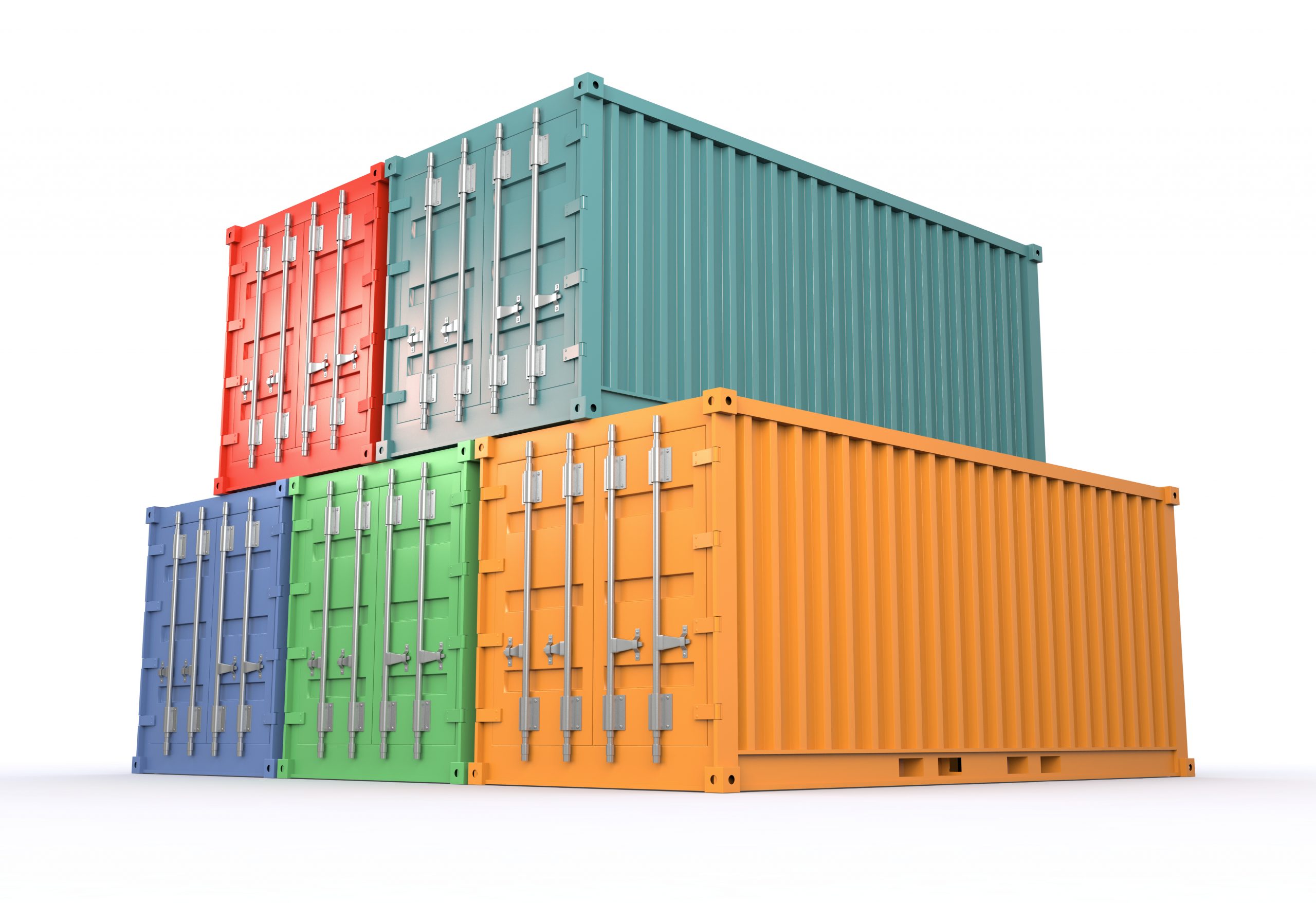Global Supply Chain Trends Impacting the Return of Live Events
The pandemic largely shut down the world of live, in-person events. Now some of its far-reaching effects on the global economy could make their return a bit more challenging – despite a lot of eager event managers and audiences. As a marketer planning on resuming your live events program in the coming months, here’s what you need to know.
First, global demand for both containers and shipping carriers is at a record high – in some cases dramatically increasing the costs of importing from overseas – including China – and/or delaying shipments. In short, there is not enough capacity to meet demand.
Second, a global shortage of many finished products as well as raw materials – including laminates and plywood commonly used in exhibit construction – is driving up prices or making some materials difficult to source at all. One impact – a lot of new housing starts are being delayed despite a record shortage of homes.
Both these trends have the potential to impact your live events program, particularly if your are planning on building new properties or modifying your current ones. The impact could be even greater if you are also a POP customer whose displays or display components are sourced overseas.
What’s Going On?
Experts point to lots of factors – mostly pandemic-related hiccups in the global supply chain such as:
- Surging U.S. retail sales (good news on its own) – compounded by record low inventory levels – are dramatically increasing demand for imports and shipping space
- Port congestion – as well as a shortage of equipment and drayage – around the world is delaying unloading and movement of goods – causing ripple effects across the globe
- There are too few empty containers in China to meet demand
- Some plants that pulled back on production during the pandemic are still not fully staffed and back to capacity
- Even the wildfires in the West last year get some of the blame
And no relief from these trends is predicted at least through the summer.
What This Means for Your Live Events Program
The answer is simple. The best thing you can do is to plan as far ahead as possible and give us all the lead time you can. The sooner we understand what your needs are the better we can reduce the potential impact of these trends on your program. For example, we can design with alternative materials that are readily available. We can build in longer lead times for shipping. Or we can investigate alternative suppliers. These are just three possible ways we can reduce potential delays or higher costs for your program. In short, the sooner we know, the more we can do.
We will continue to monitor these trends and plan for ways to mitigate their impact. And we will continue to share anything you should know to help you manage your program over the coming months. In the meantime, share your plans with us as far ahead as you can, and if you have any questions, please contact your account representative.
